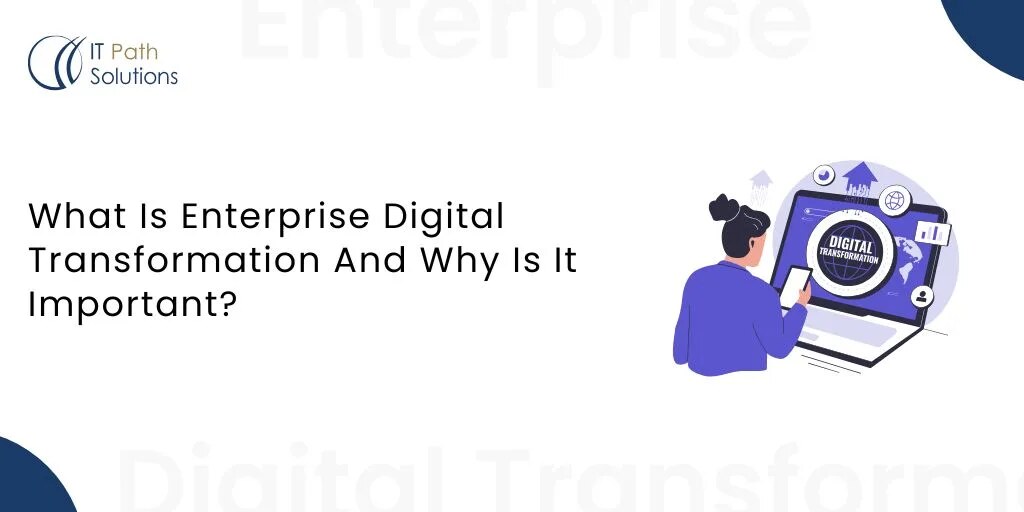
How AI in Radiology is Enhancing Accuracy and Workflow?
Discover the key drivers, challenges, & innovations fueling healthcare transformation. Explore how AI in radiology is redefining patient care.



© 2024 Crivva - Business Promotion. All rights reserved.